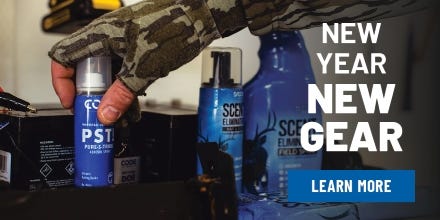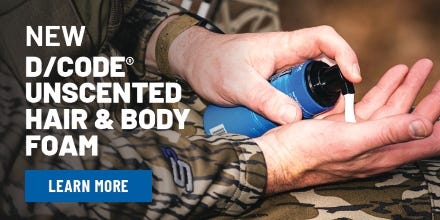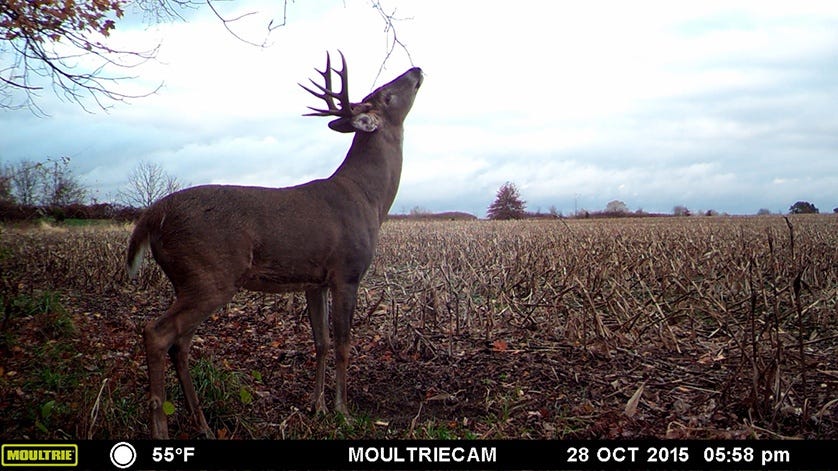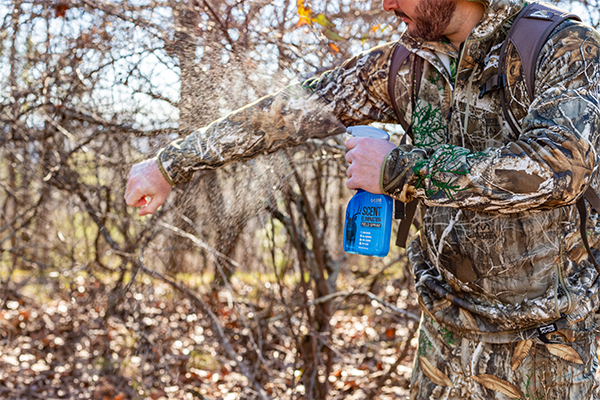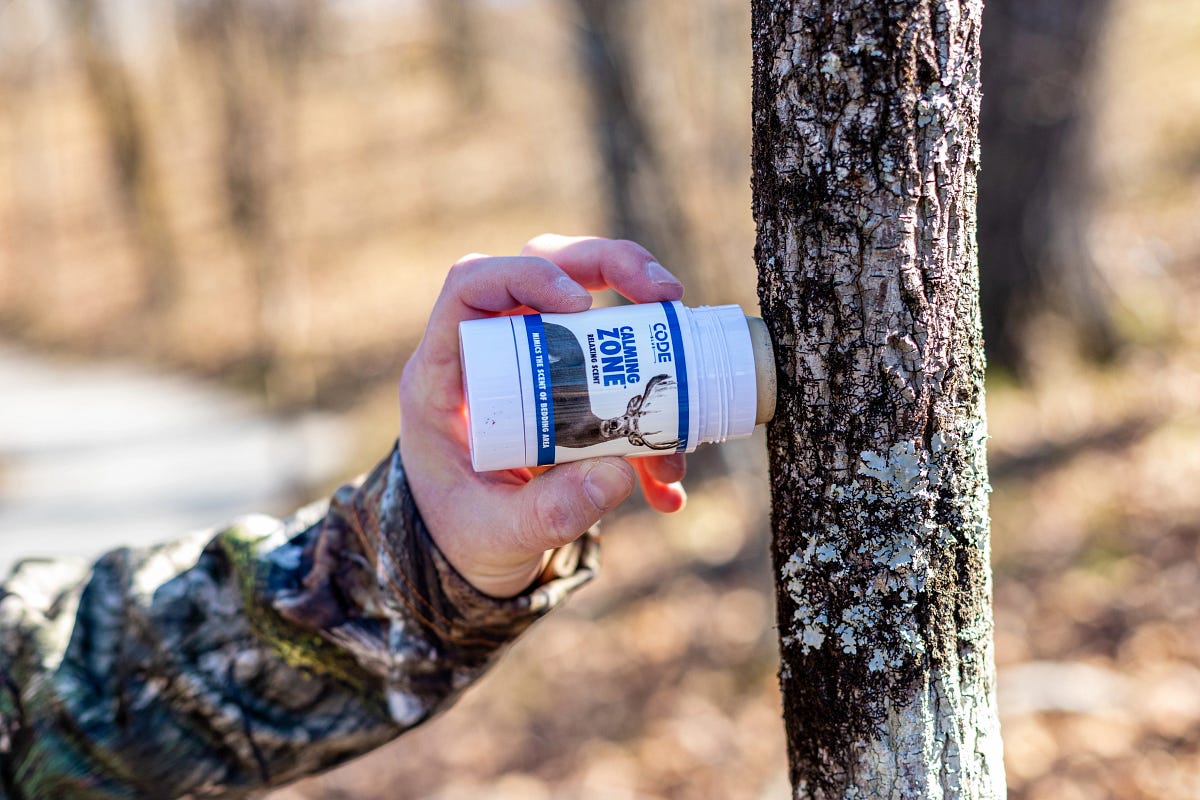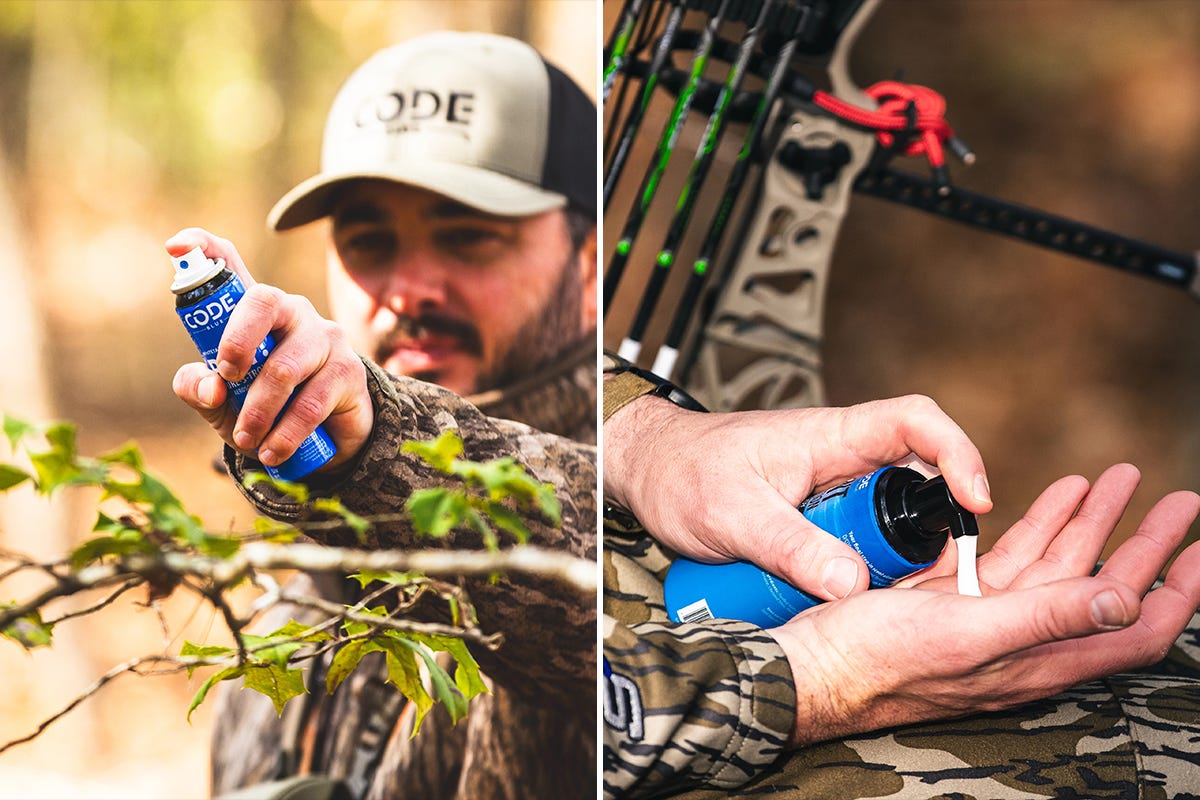- Oct 30, 2018
When to Hunt Scrapes
|
|
|
Hunting scrapes has continued to be a mystery since deer hunting began. However, all scrapes are not equal in value. We’ll take a look at when specific scrapes are active and peak times when hunting particular scrapes can yield success. In much of the country, late October is the pre-rut. This two-week period prior to the rut kicking in is an optimum time to hunt scrapes. However, scrapes located on field edges seem to be the least significant. Scrapes located in the woods near travel corridors and doe bedding areas are the key scrapes to hunt. These scrapes will be regularly checked until the first does in the area come into estrous. These types of scrapes are primary scrapes and will get the most attention, and by any buck cruising the area. Don’t buy into the myth that a scrape is used by one buck. Place a camera on these primary scrapes and see what comes along. In an area with a good buck population, you might get a multitude of bucks hitting it — oh, and also does. Bucks tend to scent check scrapes from downwind prior to working them and to check if an intruder buck has entered the area or to scent check if a doe is close to estrous. Using buck urine works really well to fire them up, however as it gets really close to that first doe coming in to estrous, add something like CODE Blue Doe Estrous or Screaming Heat. I also will use Grave Digger Doe Estrous as it will keep the scent fresh for a much longer period of time. Grave Digger is a time-released formula that continues to be activated by moisture. I’ll place my stand 50 to 75 yards down wind of the scrape. Why downwind you say? As mentioned before, bucks like to scent check and will generally circle downwind 50 or more yards to do so, which places you is the kill seat. Once the primary rut hits, you might still see a few scrapes being used, but primarily by younger deer and often times just out of frustration as a buck continues to try and find a doe that isn’t with a buck. Bucks spend their time either breeding or roaming looking for an available doe in estrous during this period. You will see scrapes become active again about a month after the primary rut. Does that weren’t bred will come back into estrous and some yearling does will come into estrous for the first time. This time frame is known as the “second rut.” This window is much narrower, usually only lasting a week to a few days. However, take note that during this secondary rut, scrapes can often times be the key to letting you know an active buck is on his feet looking again.
About the Author: Chris Parrish has won turkey calling contests at the highest level and has hunted up and down this continent. He has a well-honed knowledge of the habits and patterns of mature whitetails — having recorded 22 bucks in the Pope & Young and Boone & Crockett record books. He’s been an ambassador for PRADCO Outdoor Brands as well as many more. Chris has a passion for sharing his knowledge with others, so look for more of his articles here and at Moultrie Products and Summit Stands. |

